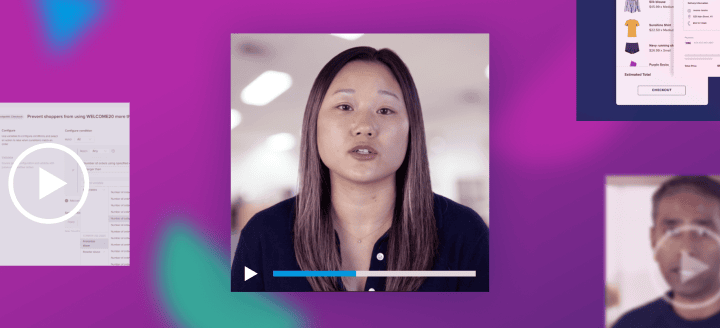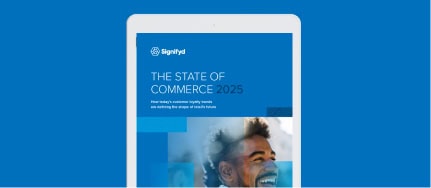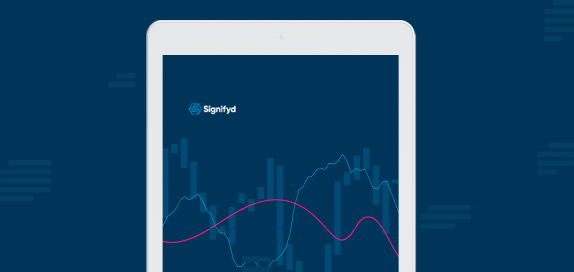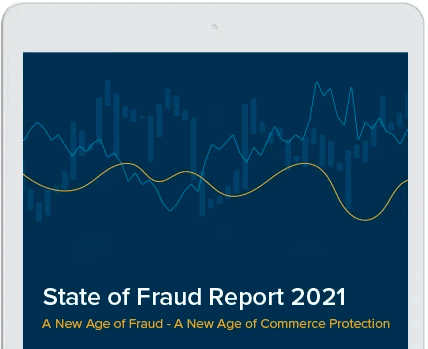In the ecommerce fraud prevention market, there are two distinct types of performance assurances – performance SLAs (sometimes referred to as performance guarantees) and financial guarantees.
A performance SLA is a service-level agreement on a given performance metric that a provider promises to meet. Typical performance SLAs include adherence to basic approval rates, chargeback rates, fulfillment time and platform uptime.
A financial guarantee, on the other hand, is a guarantee that if an order approved by the provider results in a chargeback, the merchant will be reimbursed in full. Financial guarantees shift liability away from merchants completely. Examples of financial guarantees include fraud chargeback guarantees, INR chargeback guarantees and non-fraud chargeback guarantees (at Signifyd we bundle all three into our Complete Chargeback Protection solution).
Performance SLA
- A service-level agreement on specified performance metrics that a provider promises to meet. Examples include approval rate SLAs, chargeback rate SLAs and fulfillment time SLAs. Also referred to as guarantees.
Financial Guarantee
- A guarantee that if an order approved by the provider results in a chargeback, the merchant will be reimbursed in full, including product, shipping, processing and associated chargeback fees. Examples include fraud chargeback guarantees, INR chargeback guarantees and non-fraud chargeback guarantees.
Seems straightforward, right? Deceptively so. Consider the difference between a chargeback rate SLA and a chargeback guarantee. A chargeback rate SLA falls within the performance SLA category as it sets a performance benchmark for a specified rate that the provider must meet. A chargeback guarantee, on the other hand, is the latter – a financial guarantee that protects the merchant from all chargeback losses. Yet the term “chargeback guarantee” is sometimes used interchangeably to describe chargeback rate SLAs, making it difficult to decipher just what is being guaranteed.
Performance SLAs: Approval rates vs. chargeback rates
Some providers promote approval rate SLAs without any mention of chargeback rates. This may seem like a compelling offering at first glance, but the devil is in the details.
What happens when a merchant is hit by a major fraud attack? Focusing on a high approval rate alone fails to acknowledge that when a merchant is under attack, a drop in approval rate is a sign that fraud protection is working. Similarly, focusing solely on a low chargeback rate is an ineffective strategy as well.
That’s because approval rates and chargeback rates are two sides of the same coin – setting an SLA against one and not the other can lead to good orders being declined to meet chargeback rate minimums or bad orders being approved to meet approval rate minimums. Striking a balance between approval and chargeback rates is critical to any commerce protection strategy and it is a solution provider’s responsibility to optimize performance between these two metrics to maximize approval rates over time.
Financial guarantees: The key to optimizing approvals over time
At Signifyd, we back our decisions with a financial guarantee against chargeback fraud. A financial chargeback guarantee lays the foundation for optimizing between approval rates and chargeback rates to maximize approvals over time. By assuming our merchants’ liability for fraud and balancing that risk across the Signifyd Commerce Network (the industry’s largest network of merchants), we can take calculated risks such as approving an order that appears fraudulent to test system accuracy. If an order that appears fraudulent ends up being legitimate, Signifyd’s models learn from this feedback and respond accordingly in the future.
The financial chargeback guarantee model also provides a balance that’s beneficial to merchants. As a solution provider, we are paid only on approved orders so we want to ensure that all good orders are processed and that any bad orders are stopped before incurring a loss for which we are liable. Therefore, financial chargeback guarantees align merchant and provider incentives to make sure every good order is approved and no legitimate order is declined.
SLAs are no more than minimum acceptable performance guidelines
While contractual SLAs on performance metrics such as approval rates and chargeback rates play an important role, we see these as the minimum acceptable performance. With the knowledge that we protect our merchants against all financial risk, we are uniquely positioned to continuously run experiments to increase approval rates and reduce chargeback rates, well beyond the stated SLA.
By comparison, providers who do not take responsibility for their decisions by fully reimbursing losses will be incentivized to set performance SLAs and then never exceed them. They cannot optimize approval rates in the same way a financial guarantee provider can because they do not want to expose their merchants to losses and risk losing their business to another solution provider.
As a result, these providers are unable to impact false decline rates to the same extent as Signifyd. And in a market in which one negative experience can lead to customer churn, every successful customer interaction matters.
Want to learn more about a true chargeback guarantee? Let’s talk.









